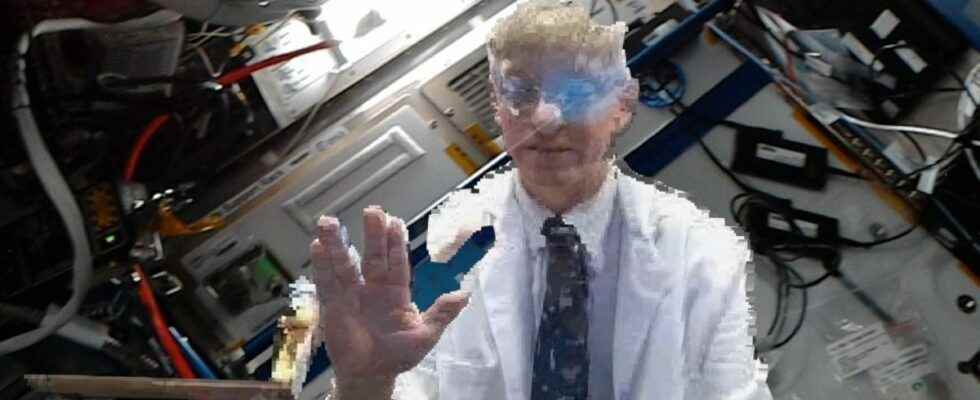Posted ,
Reading 1 min.
Better than telemedicine, intended for ordinary mortals, here is holoportation. A contraction of teleportation and hologram, this concept was first tested last fall by NASA to virtually “send” doctors into space alongside the ISS crew.
Holoportation is a technology developed by NASA that was tested last October. The space agency has managed to virtually “teleport” doctors to the international space station. Concretely, Dr. Josef Schmid and his team were able, without leaving Earth, to intervene on board the ISS.
To achieve this technical feat, NASA used hologram technology, with Microsoft’s Hololens camera. The tool made it possible to send virtual 3D representations of the doctors to the space station. This method has been tested to provide astronauts with the medical care they may need while in space.
For now, this new mode of communication is not yet perfect and still requires a lot of resources. In the future, NASA wants to push the immersive experience further. The goal is to combine holoportation with the capabilities of virtual reality and haptic devices – the perception and manipulation of real objects – to create a “telementorate”.
This “telementorship” consists, for example, in sending – digitally therefore – an engineer on board the spacecraft to help the crew in the execution of certain tasks. It could also make it possible to carry out repairs in collaboration with the astronauts.
Holoportation could be used more consistently to bring VIPs to the heart of the space station or conduct private medical conferences. Eventually, this innovation could solve some problems related to distant travel. Communication times for a mission to Mars, currently about twenty minutes in each direction, could for example be less important with holoportation.
